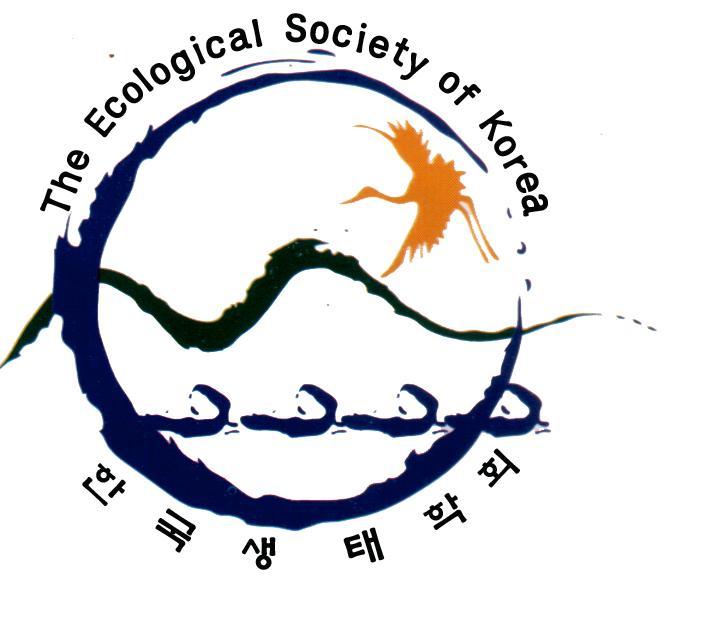- ENGLISH
- P-ISSN2287-8327
- E-ISSN2288-1220
- SCOPUS, KCI
 ISSN : 2287-8327
ISSN : 2287-8327
Changes in plant community structure in relation to climate change and restoration plot areas in Mongolia
Badamnyambuu Iderzorig (경북대학교)
권오석 (경북대학교)
Abstract
Mongolia has one of the strongest climate warming signals on Earth, and over 40% of the human population depends directly or indirectly on pastoral livestock production for their livelihoods. Thus, climate-driven changes in rangeland production will likely have a major effect on pastoral livelihoods (Fernandez-Gimenez et al. 2015). The loss of species dependent mostly on rainfall has resulted in adverse changes in the botanical composition of the steppes (Gunin et al. 1999). Summer season in 2015 was completely dry until middle of July and, had not enough vegetation cover as last 15 years. The purpose of this study is to check plant community dynamics in Mongolia in relation to climate change in 2014 and 2015. The study sites were selected in mountain-steppe habitat in central Mongolia. In the 2014, there have been registered 81 plant species of 56 genera of 25 families on the investigated sites and, occurred 57 plant species of 44 genera of 21 families in the 2015. It is concluded that the abundance and richness of plants are directly connected to heavily affect by the climatic factor, i.e. amount of precipitation during growing season. As a same like result of climate change, in Mongolian land is going become desertification, and each spring, soil particles from Mongolia are swept up by a cold air mass into the atmosphere and blasts into south east China, Korea and Japan. The Koreans call this phenomenon the “Fifth season” or “Yellow sand”, and the Chinese call it “Yellow dragon”.
- keywords
- climate change, distribution, Mongolia, plant community structure
참고문헌
Amartuvshin N, Sinkyu K, Dongwook K. 2015. Distance-towell effects on plant community based on palatability and grazing tolerance in the desert-steppe of Mongolia. Building Resilience of Mongolian Rangelands: A Transdisciplinary Research Conference, Ulaanbaatar, pp 42-47.
Fernandez-Gimenez ME, Angerer JP, Allegretti AM, Fassnacht SR, Byamba A, Chantsallkham J, Reid R, VenableNBH. 2015. Integrating Herder Observations, Meteorological Data and Remote Sensing to Understand Climate Change Patterns and Impacts across an Eco-Climatic Gradient in Mongolia. Building Resilience of Mongolian Rangelands: A Trans-disciplinary Research Conference, Ulaanbaatar, pp 228-234.
Gunin PD, Vostokova EA, Dorofeyuk NI, Tasarov PE, Black CC. 1999. Vegetation dynamics of Mongolia. Kluwer Academic Publishers, Dordrecht.
Sun YL, Guo P, Yan XD, Zhao TB. 2010. Dynamics of Vegetation Cover and Its Relationship with Climate Change and Human Activities in Inner Mongolia. J Nat Resour, p 467.
Suvdantsetseg B, Akihiro O, Yan W, Altanbagana M. 2015. Early warning system for pastoral herders to reduce disaster risk by using a mobile SMS service. Building Resilience of Mongolian Rangelands: A Trans-disciplinary Research Conference, Ulaanbaatar, pp185-189.
- 다운로드 수
- 조회수
- 0KCI 피인용수
- 0WOS 피인용수

